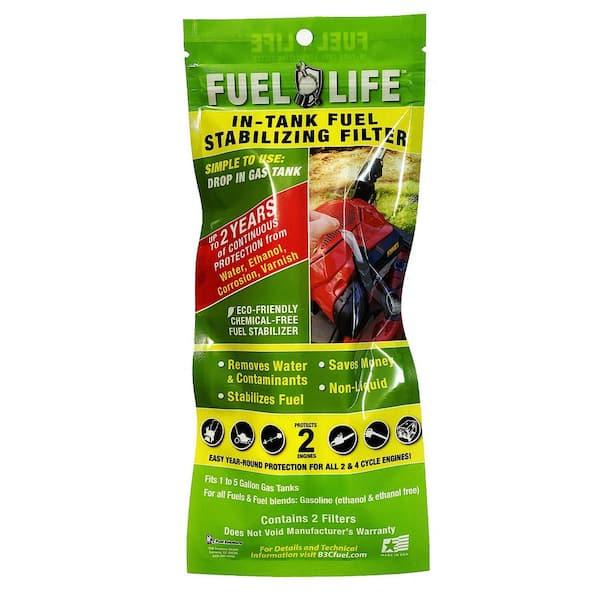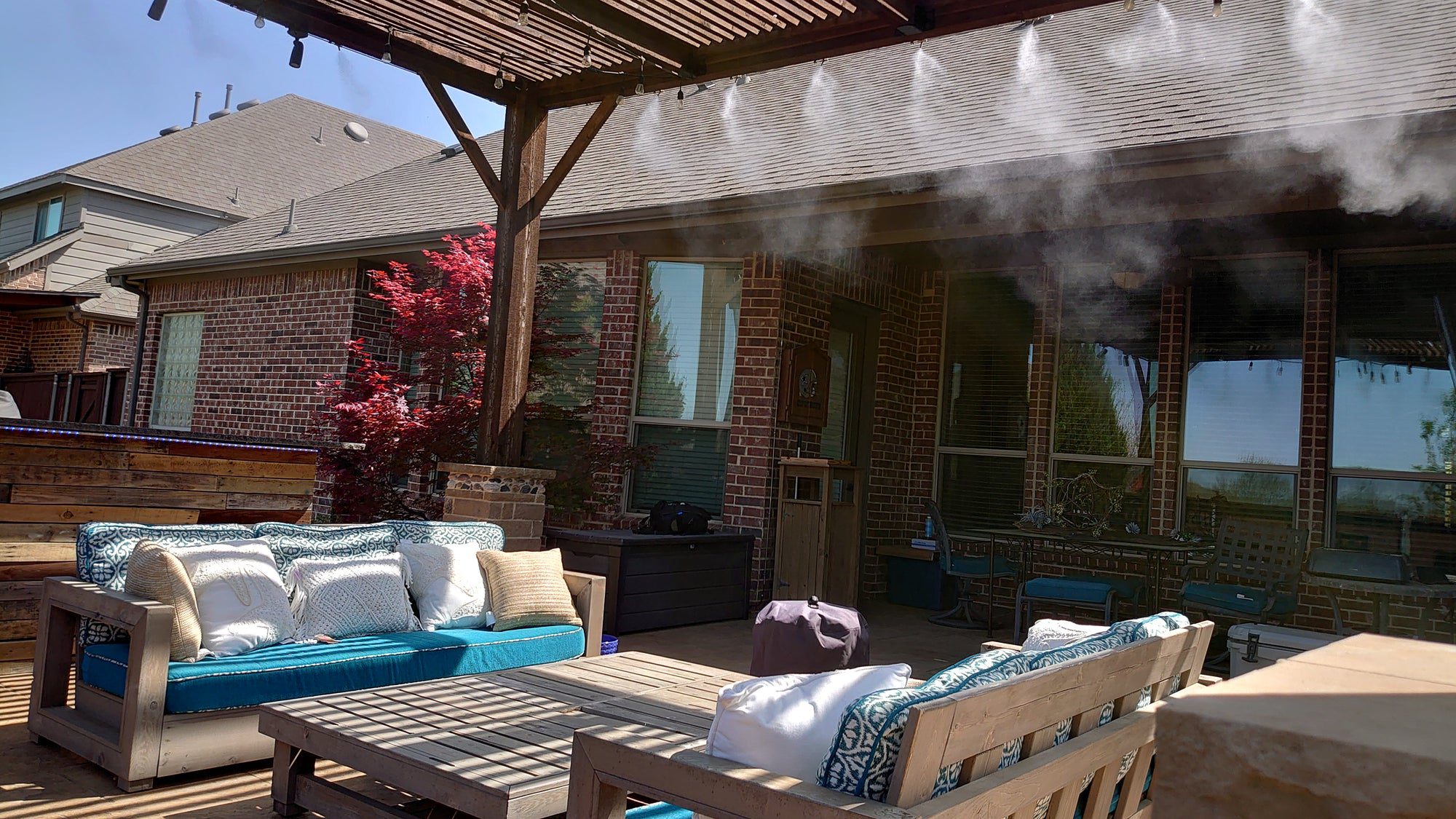Diy misting systems for greenhouses provide an effective way to maintain optimal humidity levels, reducing stress on plants and promoting growth. These systems consist of nozzles or sprayers that disperse a fine mist of water throughout the greenhouse, helping to cool the air and increase humidity.
By following a few simple steps, you can easily create your own misting system for your greenhouse, ensuring healthier and more productive plants. Whether you have a small or large greenhouse, a DIY misting system can be a cost-effective solution to meet your plants’ moisture needs.
We will explore the benefits of misting systems, the components required, and a step-by-step guide to help you set up your own system.
Why Use A Diy Misting System
Maintaining optimal greenhouse conditions can be a challenging task, especially when it comes to controlling temperature and humidity levels. However, with a DIY misting system, you can easily create a comfortable environment for your plants to thrive. This cost-effective solution involves installing a misting system that sprays a fine mist of water into the air, cooling down the temperature and increasing humidity levels. In this article, we will explore the benefits of a misting system for your greenhouse and how mist can help your plants flourish.
Benefits Of A Misting System
A DIY misting system offers several advantages for greenhouse owners:
- Effective Temperature Control: The misting system helps lower the temperature inside the greenhouse by producing a refreshing mist that cools the air. This is particularly beneficial during hot summer months when excessive heat can damage plants.
- Increased Humidity: Many plants require higher humidity levels to flourish. With a misting system, you can easily create the ideal conditions for humidity-loving plants, ensuring they receive the moisture they need for optimal growth.
- Water Conservation: Unlike traditional methods of watering, a misting system reduces water wastage as it uses a fine spray that targets the plants directly. This ensures minimal water evaporation and efficient water usage.
- Prevention of Pest Infestations: Certain pests, such as spider mites and aphids, thrive in dry conditions. The misting system creates a humid environment that deters these pests, reducing the likelihood of infestations and the need for chemical pesticides.
How Mist Helps Plants Thrive
When plants are exposed to mist, they experience several benefits:
- Increased Moisture Absorption: The fine water droplets created by the misting system can easily penetrate the leaves’ surface, allowing plants to absorb water more efficiently. This enhanced moisture uptake promotes better nutrient absorption and overall plant health.
- Improved Photosynthesis: Mist helps plants by providing them with the necessary moisture and cooling effect, which allows them to carry out photosynthesis more effectively. As a result, plants can produce more energy for growth and development.
- Reduction of Transpiration: High heat can cause excessive transpiration, where plants lose water through their leaves. Mist helps regulate this process by cooling down the surrounding air, reducing the rate of transpiration and conserving water within the plant.
- Promotion of Root Growth: With an adequate misting system in place, plants experience a more consistent and optimal moisture balance. This promotes healthy root growth as roots are encouraged to grow deeper in the soil in search of water.
A DIY misting system offers numerous benefits for both greenhouse owners and plants alike. By maintaining optimal temperature and humidity levels, your plants will thrive, leading to healthier and more successful growth. Whether you have a small greenhouse at home or a commercial operation, implementing a misting system can revolutionize your gardening experience.

Credit: www.amazon.com
Components Of A Diy Misting System
A DIY misting system for a greenhouse is a cost-effective way to create a controlled and optimal environment for your plants. To build your own misting system, you will need to gather a few essential components. These include a pump, nozzles, tubing, and a timer. Each of these components plays a vital role in ensuring that your misting system functions efficiently and effectively.
Pump
The pump is the heart of your misting system. It is responsible for pressurizing the water and pushing it through the tubing to the nozzles. When choosing a pump, it’s crucial to consider the flow rate, pressure, and power requirements. You’ll want a pump that can deliver an adequate amount of water at the right pressure to create a fine mist. Look for a pump that is durable, energy-efficient, and suitable for outdoor use.
Nozzles
Nozzles play a crucial role in misting systems as they determine the size and pattern of the water droplets that are released. It’s essential to choose high-quality, adjustable nozzles to ensure an even and controlled mist. Adjustable nozzles allow you to fine-tune the misting pattern according to the specific needs of your plants. Consider the material, flow rate, and spray angle when selecting nozzles for your greenhouse misting system.
Tubing
The tubing connects the pump to the nozzles and should be durable, flexible, and resistant to UV rays and extreme temperatures. High-pressure tubing is recommended to prevent leakage and ensure consistent water flow. Opt for tubing that is specifically designed for misting systems. Consider the length and diameter of the tubing required for your greenhouse layout and ensure that you have enough tubing to reach all the desired areas.
Timer
A timer is an essential component of a DIY misting system as it allows you to automate the misting schedule. With a timer, you can set specific intervals for misting, ensuring that your plants receive the right amount of moisture consistently. Look for a timer that is easy to program and offers multiple scheduling options. A digital timer with adjustable settings provides the flexibility you need to customize your misting system based on the specific requirements of your greenhouse and plants.
Step-by-step Guide To Building Your Diy Misting System
Welcome to our step-by-step guide on how to build your very own DIY misting system for your greenhouse. With this simple and cost-effective solution, you can create the perfect environment for your plants to thrive and flourish. Let’s dive into the process and get started on this exciting project!
Measure And Plan
The first step in building your DIY misting system is to accurately measure and plan your setup. Start by assessing the size and layout of your greenhouse. This will help you determine how many misting nozzles and how much tubing you will need.
Measure the length and height of your greenhouse walls, as well as any benches or shelves that need misting. Take note of any obstacles or obstructions that may affect the positioning of your misting nozzles. Once you have these measurements, you can move on to gathering the necessary supplies.
Gather Supplies
To build your DIY misting system, you will need a few key supplies:
| – Misting pump | – Misting nozzles | – Tubing | – Timer |
| – Fittings and connectors | – Clamps | – Pipe tape | – Drill and drill bits |
Make sure to gather all these supplies before starting the installation process. Having everything ready will help make the process smoother and more efficient.
Install The Pump
Now that you have your supplies, it’s time to install the misting pump. Choose a suitable location near a power source for easy access. Use clamps to secure the pump to a sturdy surface, ensuring it is stable and won’t vibrate excessively.
Connect the main water supply line to the input of the pump, making sure to use fittings and connectors to ensure a tight and leak-free connection. Attach the misting tubing to the output of the pump, and secure it with clamps if necessary. Now you’re ready to move on to connecting the tubing and nozzles.
Connect The Tubing And Nozzles
Using a drill and the appropriate drill bit, create small holes in the greenhouse walls, shelves, or benches where you want to position your misting nozzles. Insert the misting nozzles into these holes and secure them tightly.
Next, connect the misting tubing to the misting nozzles. Cut the tubing to the desired lengths, ensuring a proper fit. Secure the tubing using clamps, and use pipe tape to create a watertight seal at all connection points.
Repeat this process for each misting nozzle until you have covered the entire greenhouse or targeted areas. Check all connections for leaks and make any necessary adjustments. Now it’s time to set up the timer to automate your misting system.
Set Up The Timer
A timer is essential for controlling the frequency and duration of your misting cycles. Connect the timer to the misting pump and set the desired intervals for misting. This will depend on the specific needs of your plants and the environmental conditions in your greenhouse.
Test the misting system to ensure it is working correctly. Make any necessary adjustments to the timer settings to achieve the optimal misting schedule. Regularly check the system for any leaks or clogs, and perform maintenance as needed to keep it in good working condition.
By following this step-by-step guide, you can build your own DIY misting system for your greenhouse. Enjoy the benefits of a controlled, well-hydrated environment for your plants, and watch them flourish under the perfect conditions!

Credit: www.amazon.com
Tips For Maintaining Your Diy Misting System
Proper maintenance is crucial to ensure that your DIY misting system for your greenhouse functions efficiently and effectively. By following these simple tips, you can keep your misting system in top shape, delivering the ideal level of moisture to your plants.
Clean The Nozzles Regularly
Nozzles are vital components of your misting system, as they disperse the water into a fine mist. Over time, these nozzles can become clogged with debris and mineral deposits, affecting their performance. Regularly cleaning the nozzles is essential to maintain optimal misting. Here’s how you can do it:
- Start by turning off the water supply to the misting system and disconnecting it from the power source.
- Remove the nozzles from the misting line.
- Rinse the nozzles with warm water to remove any dirt or residue.
- Use a small brush or toothpick to gently unclog any blockages in the nozzle openings.
- Once clean, reattach the nozzles to the misting line, ensuring they are tightly secured.
Regularly cleaning the nozzles will help maintain proper misting and prevent any issues caused by blockages.
Check For Leaks
Inspecting your DIY misting system for leaks is important to conserve water and prevent damage to your greenhouse. Leaks can occur at various points in the system, including the connections, valves, and tubing. Here’s how you can check for leaks:
- Turn on the water supply and observe the misting system for any visible leaks.
- Listen for any hissing or dripping sounds that may indicate leakage.
- Inspect the connections and tighten them if necessary.
- Replace any damaged or worn-out components, such as cracked tubing or faulty valves.
By regularly checking for leaks and promptly addressing them, you can ensure efficient water usage and prolong the lifespan of your misting system.
Adjust Mist Levels
The mist levels of your DIY misting system should be adjusted based on the specific needs of your plants and the prevailing environmental conditions. Factors such as temperature, humidity, and plant type can affect the misting requirements. Here’s how you can adjust the mist levels:
- Turn on the misting system and observe the mist output.
- If the mist is too heavy and causes excessive moisture, reduce the water flow or adjust the pressure.
- If the mist is too light and fails to provide adequate moisture, increase the water flow or pressure.
Regularly monitoring and adjusting the mist levels will help ensure that your plants receive the optimal amount of moisture, promoting healthy growth.
Monitor Water Pressure
Proper water pressure is crucial for the optimal operation of your DIY misting system. Both high and low water pressure can adversely affect the misting performance. Here’s how you can monitor the water pressure:
- Observe the misting system and check if the mist is being evenly distributed.
- If the mist is uneven or weak, it could indicate low water pressure. Check the water pressure gauge and adjust accordingly.
- If the mist is heavy or there are excessive water droplets, it could indicate high water pressure. Adjust the pressure regulator to maintain the desired misting level.
Regularly monitoring the water pressure and making necessary adjustments will ensure optimal misting performance and prevent any potential damage to the system.
The Science Behind Misting Systems
Discover the fascinating science behind misting systems and how you can create your own DIY misting system for your greenhouse. Create an optimal environment for your plants with this innovative solution.
HTML Response:How Mist Cools The Air
One of the fascinating aspects of misting systems is how they effectively cool the air in a greenhouse. When mist is released into the air, it undergoes a process called evaporative cooling. This occurs when the tiny water droplets in the mist quickly evaporate, absorbing heat from the surrounding air. As a result, the temperature of the air decreases, providing much-needed relief for plants in a greenhouse, especially during hot summer months.
Evaporative cooling is a natural and energy-efficient way to regulate greenhouse temperatures, making misting systems an ideal solution for maintaining optimal growing conditions.
Effect Of Humidity
Humidity plays a crucial role in the health and growth of plants. When humidity levels are too low, plants can become dehydrated, leading to stunted growth and wilting. Conversely, excessive humidity can create an environment prone to fungal diseases and plant stress.
Misting systems help maintain the ideal humidity levels for greenhouse cultivation, ensuring plants receive the moisture they need without incurring the negative effects of excessive moisture.
Aeroponics And Mist
Aeroponics is a soilless growing technique that involves suspending plant roots in a misting-filled environment. With precise misting systems, plants receive a nutrient-rich mist that contains water and essential nutrients. This mist is continuously delivered to the root zone, ensuring plants have direct access to the necessary elements for growth.
Aeroponics, combined with misting systems, creates an efficient and productive greenhouse environment, allowing plants to thrive and maximize their potential.

Credit: www.bigrentz.com
Frequently Asked Questions On Diy Misting System For Greenhouse
Are Misting Systems Necessary For Greenhouse?
Misting systems are essential for greenhouses as they provide the ideal humidity levels necessary for plant growth. They help prevent heat stress, regulate temperature fluctuations, and ensure optimal conditions for plants to thrive.
How Does A Diy Misting System Work?
A DIY misting system for a greenhouse utilizes high-pressure water to create a fine mist. The water is forced through tiny nozzles, creating droplets that evaporate quickly in the air, thus lowering the temperature and increasing humidity levels within the greenhouse.
What Are The Benefits Of A Greenhouse Misting System?
A greenhouse misting system offers numerous benefits. It helps in controlling the temperature, reduces plant stress, promotes healthy growth, prevents diseases, improves air quality, and increases overall plant productivity. It is an essential tool for any serious greenhouse gardener.
Conclusion
Incorporating a DIY misting system in your greenhouse can greatly benefit the health and growth of your plants. By maintaining an optimal level of humidity and temperature, you can create an ideal environment for your plants to thrive. With the easy-to-follow steps outlined in this blog post, you can now confidently build your own misting system and enjoy the benefits of healthier and more productive plants in your greenhouse.
Get started today and take your gardening to the next level!
- The Power of Mobile Accessibility And Real-Time Tracking for Trucking Operations - November 6, 2024
- Why Ease of Use is Crucial in Trucking Dispatch Software - September 22, 2024
- Better Communication With Dispatchers: How Trucking Dispatch Software Can Optimize Operations - September 7, 2024


